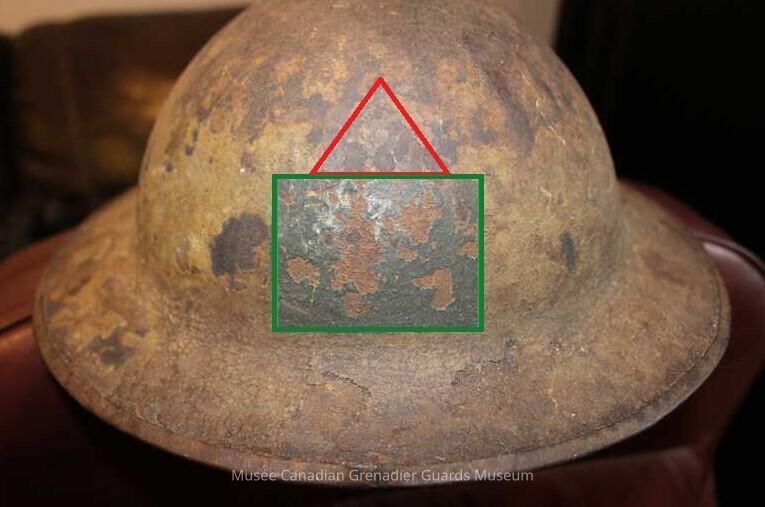Context
The Brodie helmet is a steel combat helmet designed and patented in London in 1915 by John Leopold Brodie. A modified form of it became the Helmet, Steel, Mark I in Britain and the M1917 Helmet in the US.
Colloquially, it was called the shrapnel helmet, battle bowler, Tommy helmet, tin hat, and in the United States the doughboy helmet. It was also known as the dishpan hat, tin pan hat, washbasin, battle bowler (when worn by officers), and Kelly helmet.
The German Army called it the Salatschüssel (salad bowl). The term Brodie is often misused. It is correctly applied only to the original 1915 Brodie's Steel Helmet, War Office Pattern.
The original design (Type A) was made of mild steel with a brim 1.5–2 inches (38–51 mm) wide. The Type A was in production for just a few weeks before the specification was changed, and the Type B was introduced in October 1915. The specification was altered at the suggestion of Sir Robert Hadfield to a harder steel with 12% manganese content, which became known as "Hadfield steel", which was virtually impervious to shrapnel hitting from above. Ballistically this increased protection for the wearer by 10 per cent. It also had a narrower brim and a more domed crown.
The original paint scheme, suggested by Brodie, was a mottled light green, blue, and orange camouflage but they were also painted in green or blue-grey.
The weight of a lined Mark I helmet was approximately 2.4 pounds (1.1 kg).Name/Title
Unknown
